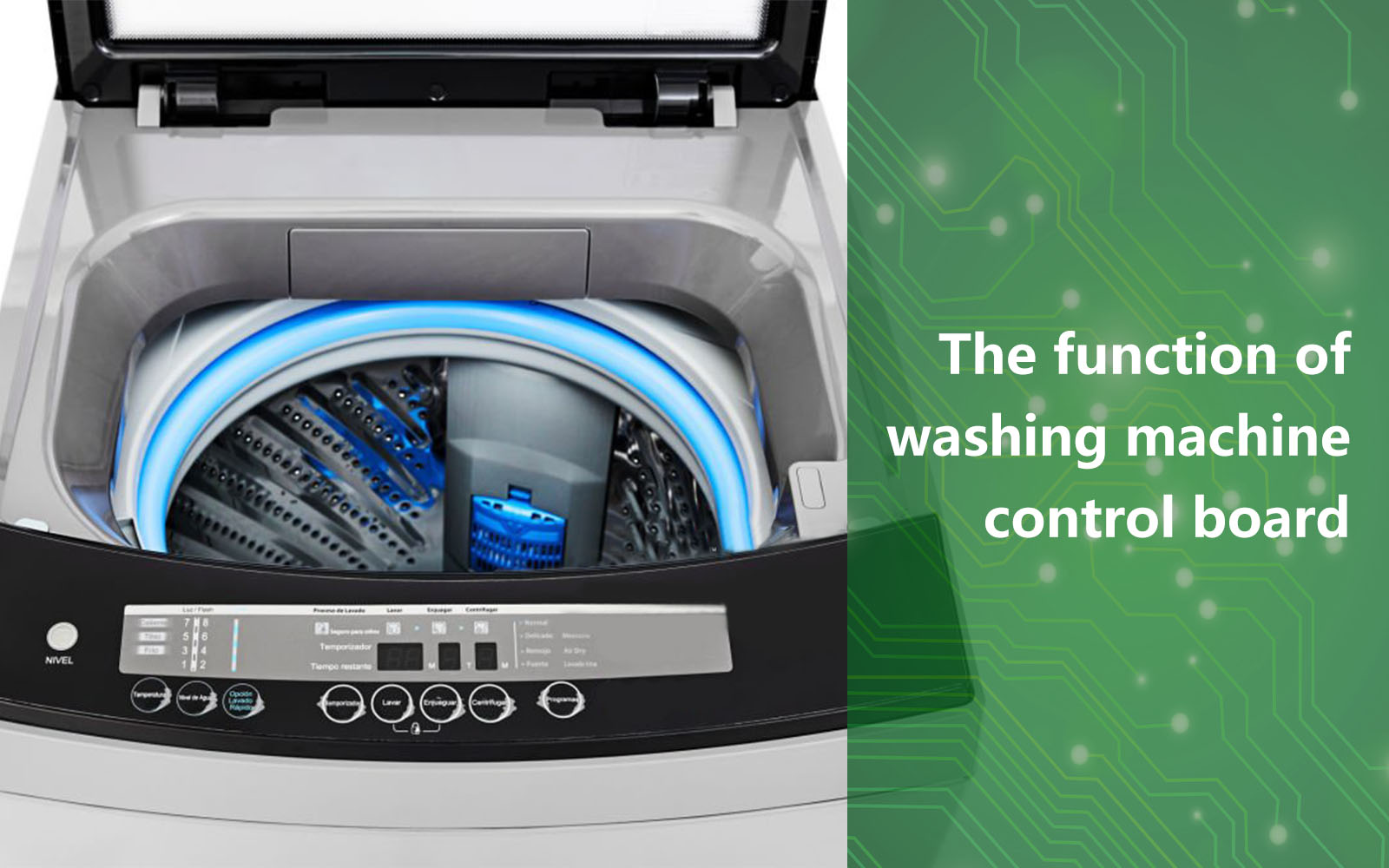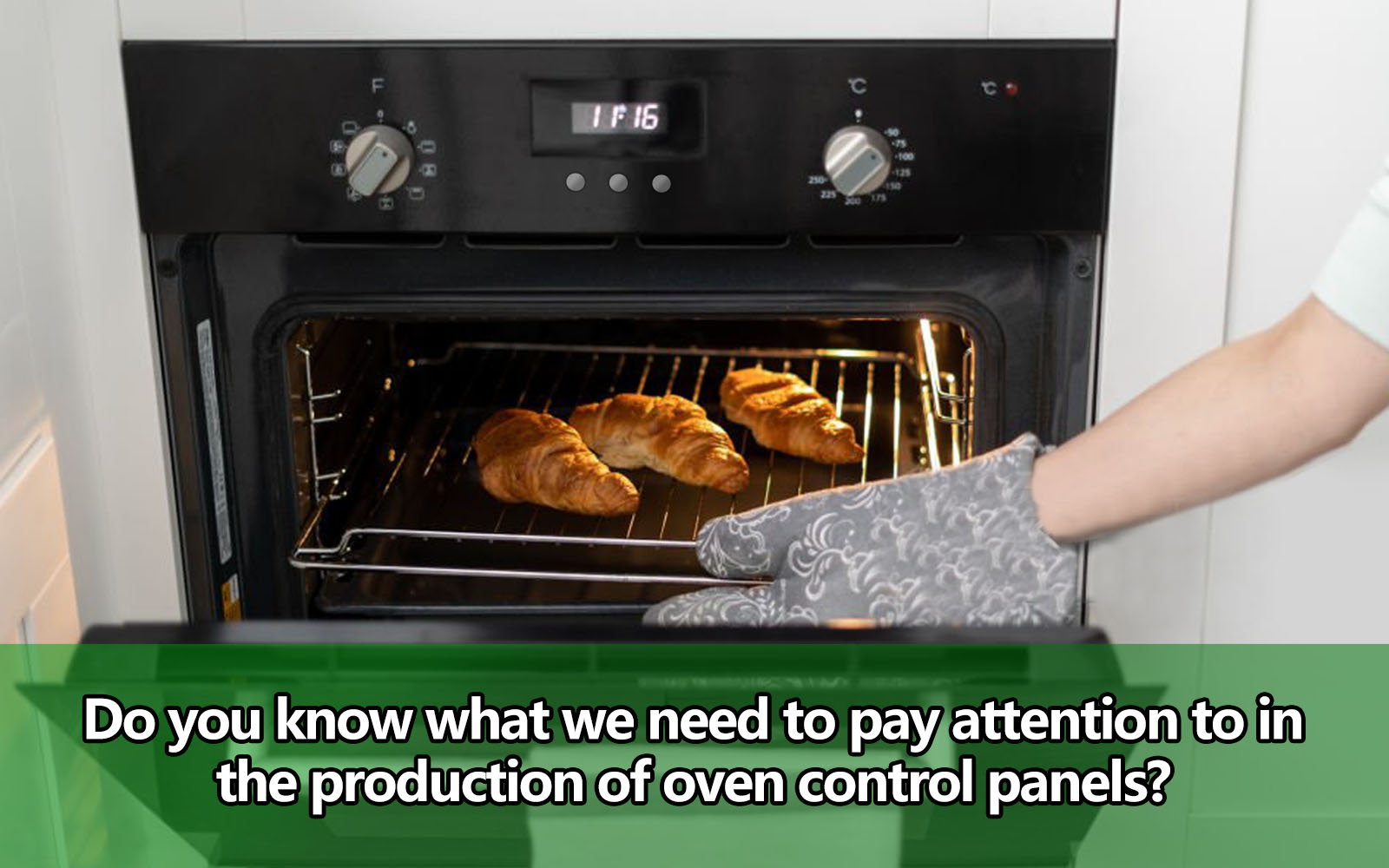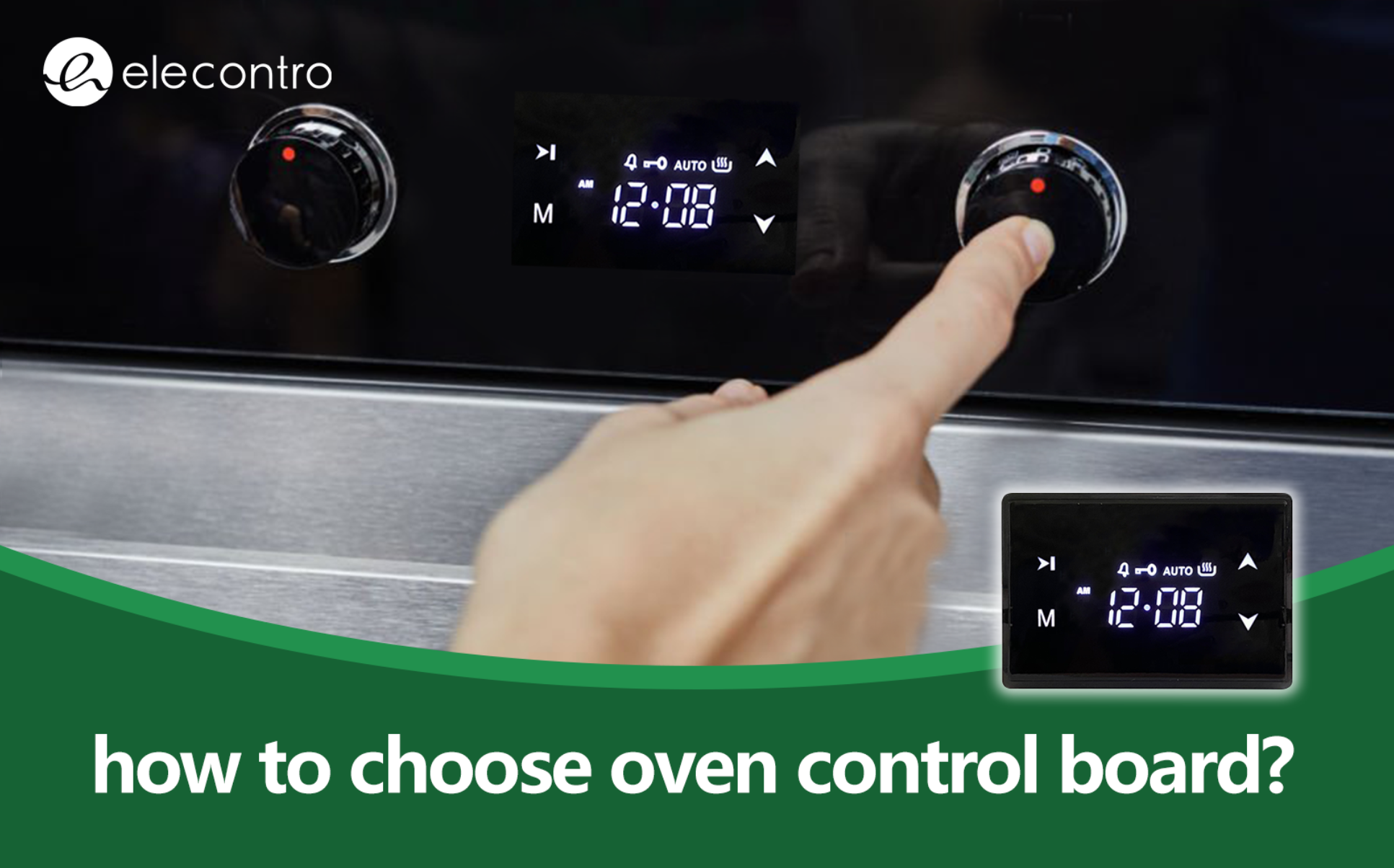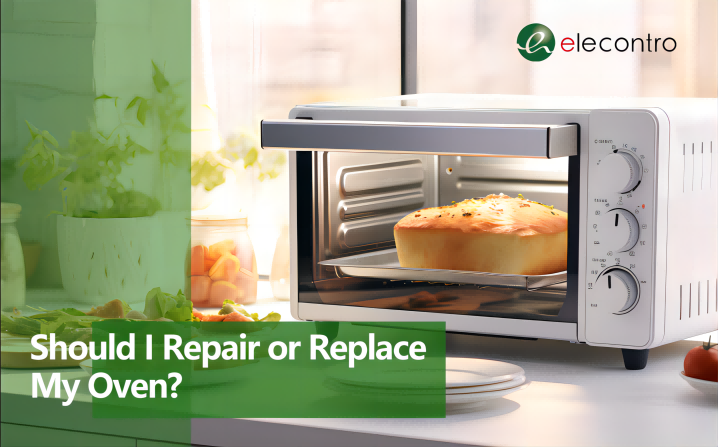How to distinguish PCB single-sided, double-sided and multi-layer boards
Views : 1045
Update time : 2021-04-27 14:56:49
PCB is used to carry electronic components and provide a mother board for circuit connection of various components.From the structural point of view, PCB is divided into single-sided, double-sided and multi-layer boards.
1. Single panel
Single-sided board is on the most basic PCB, the parts are concentrated on one side, and the wires are concentrated on the other side.Because single-sided boards have many strict restrictions on the design of the circuit (because there is only one side, the wiring cannot cross and must be around a separate path), only early circuits use this type of board.
2. Double panel
The double-sided board is a printed circuit board with copper coated on both sides including Top (top) and Bottom (bottom). Both sides can be wired and soldered. There is an insulating layer in the middle, which is a commonly used printed circuit board. Both sides can be wired, which greatly reduces the difficulty of wiring, so it is widely used.The area of the double-sided board is twice as large as that of the single-sided board, so the double-sided board solves the difficulty of interlacing wiring in the single-sided board, and it is more suitable for circuits that are more complicated than the single-sided board.
3.Multilayer board
Multi-layer PCB refers to the multi-layer circuit board used in electrical products, and the multi-layer board uses more single-sided or double-sided wiring boards.Common multi-layer boards are generally 4-layer boards or 6-layer boards, and complex multi-layer boards can reach dozens of layers.The wiring of the multilayer board is mainly based on the top and bottom layers, and the middle wiring layer is supplemented.
The difference between double-sided board and multi-layer board:
1)The pressing material of the double-sided board is only P sheet and Cu foil; the pressing material of the multilayer board includes both the P sheet and the two outermost Cu foils, as well as the inner layer between the P sheets.
2)The production of multi-layer boards is more than the production of inner-layer boards. The manufacturing of the inner layer board is similar to that of the outer layer board.
1. Single panel
Single-sided board is on the most basic PCB, the parts are concentrated on one side, and the wires are concentrated on the other side.Because single-sided boards have many strict restrictions on the design of the circuit (because there is only one side, the wiring cannot cross and must be around a separate path), only early circuits use this type of board.
2. Double panel
The double-sided board is a printed circuit board with copper coated on both sides including Top (top) and Bottom (bottom). Both sides can be wired and soldered. There is an insulating layer in the middle, which is a commonly used printed circuit board. Both sides can be wired, which greatly reduces the difficulty of wiring, so it is widely used.The area of the double-sided board is twice as large as that of the single-sided board, so the double-sided board solves the difficulty of interlacing wiring in the single-sided board, and it is more suitable for circuits that are more complicated than the single-sided board.
3.Multilayer board
Multi-layer PCB refers to the multi-layer circuit board used in electrical products, and the multi-layer board uses more single-sided or double-sided wiring boards.Common multi-layer boards are generally 4-layer boards or 6-layer boards, and complex multi-layer boards can reach dozens of layers.The wiring of the multilayer board is mainly based on the top and bottom layers, and the middle wiring layer is supplemented.
The difference between double-sided board and multi-layer board:
1)The pressing material of the double-sided board is only P sheet and Cu foil; the pressing material of the multilayer board includes both the P sheet and the two outermost Cu foils, as well as the inner layer between the P sheets.
2)The production of multi-layer boards is more than the production of inner-layer boards. The manufacturing of the inner layer board is similar to that of the outer layer board.
Related News

The function of washing machine control board
Jan .30.2024
The function and sensitivity of the washing machine are mainly determined by the control board

Do you know what we need to pay attention for the production of oven control panels?
Jan .30.2024
There are several key points in the production of oven control panels that cannot be ignored

How to Choose and Buy an Oven Control Board?
Jan .15.2024
Have you ever had the frustration of an oven that won't work properly? If so, it's likely that the oven's control board has malfunctioned.

Should I Repair or Replace My Oven?
Jan .05.2024
In the culinary symphony of a modern kitchen, the oven plays a pivotal role. When this essential appliance falters, it poses a quintessential dilemma: should one opt for repair or replace it altogether? This article delves into various aspects to consider, helping you navigate this conundrum.


